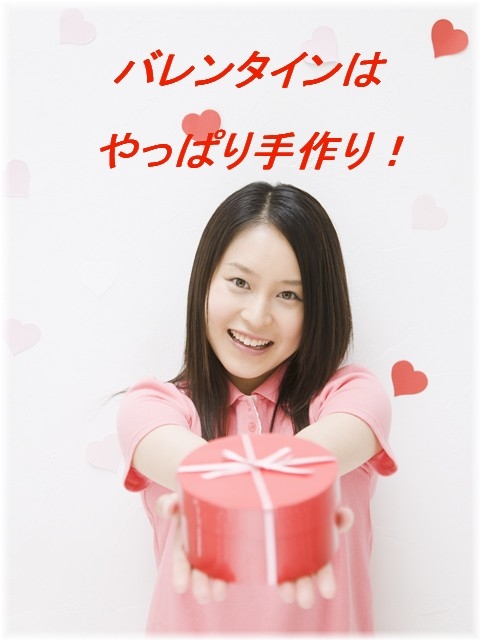Last evening, I
was giving a public lecture jointly with my best friend Ryo Hatoh at the
Academy Hills in Tokyo. In the aftermath, we were doing the small talks, when
Ryo casually mentioned how he used to love reading the Lord of the Rings.
That gave me an
idea. This morning, I visited Amazon and downloaded the kindle version of this
famed trilogy.
Here’s a little
bit of personal history. I read the Japanese translation of the Lord of the Rings
when I was a junior high student. Then, at senior high, about 4 years after
starting to learn English, I made the (then for me) daunting effort of reading
the original version. I must confess it was hard at that time. But I enjoyed
the trial even so.
I still remember
how I waited eagerly the end of the exam period. Released from the burdens of
cramming, I would walk carefree under the blue sky, get on the train, and start
reading the Rings straight away.
I still remember
the tremendous joy I felt going through the pages, and yet, there was also a
sense of guilt. In an educational system where too much emphasis is put on paper
exams, absorbing oneself in a fantasy novel seemed to be a silly idea, even if
it improved my English capabilities in a general sense. It was actually this sense of guilt that made
the reading of the Rings such a thrilling adventure.
Seeing through the
(with the benefit of hindsight) perverse perceptions, I can now understand how
my learning should have been organized. My English education should have been
exactly like the experience of reading the Rings, rather than filling my head
with silly grammatical rules. Lord of the Rings was actually a much better
English teacher than all the meaningless entrance exam preparations combined.
Now I am looking
forward to my second read, after 30+ years. 30+ years. Gee.


